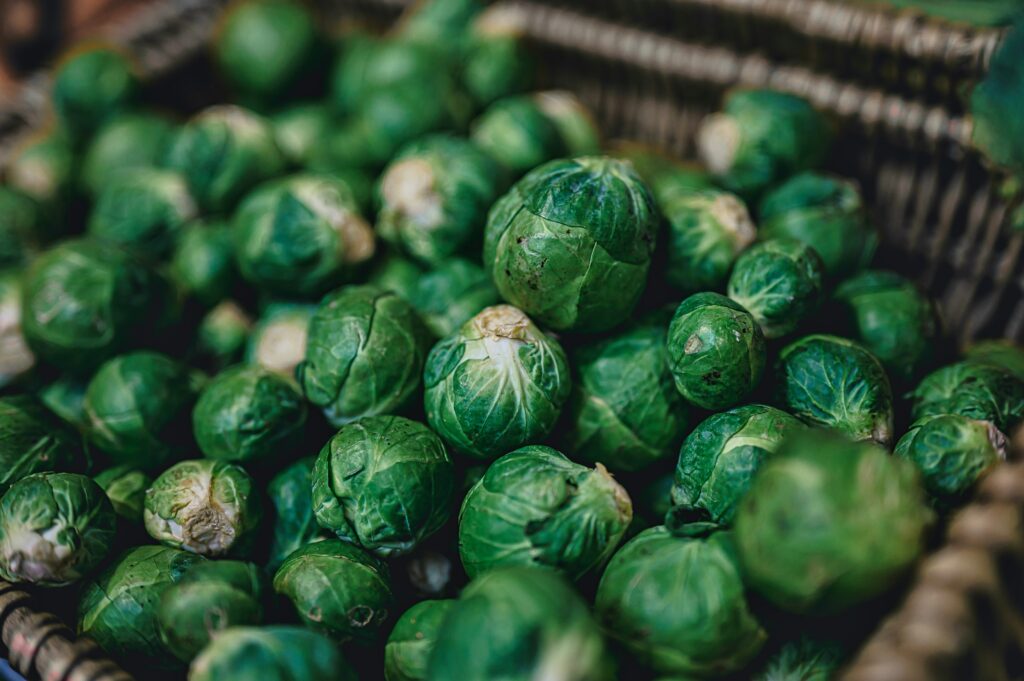From CO2Science: It has long been recognized that rising atmospheric CO2 concentrations are enhancing plant growth across the world. However, much remains to be learned about the interaction of elevated CO2 and other key factors contributing to plant growth. In their recent work Esmaili et al. (2020) focused on light intensity, studying its combined effects with CO2 on lettuce (Lactuca sativa, cv. Partavousi). Specifically, they wanted to learn the impacts of these two parameters on lettuce growth, leaf and stomatal characteristics, evapotranspiration and water use efficiency.
Paper reviewed: Esmaili, M., Aliniaeifard, S., Mashal, M., Ghorbanzadeh, P., Seif, M., Gavilan, M.U., Carrillo, F.F., Lastochkina, O. and Li, T. 2020. CO2 enrichment and increasing light intensity till a threshold level, enhance growth and water use efficiency of lettuce plants in controlled environment. Climate Dynamics 44: 3469-3479.
The experiment was conducted in environment-controlled growth chambers under a full-factorial design with four light intensities (75, 150, 300 and 600 PPFD) and four CO2 concentrations (400, 800, 1200 and 1600 ppm). Adequate water and nutrients were supplied and the experiment lasted 40 days.
In describing their findings, Esmaili et al. say “plants exposed to higher light intensities and CO2 concentrations had better growth performance than those exposed to lower light and CO2 levels.” Indeed, as shown in Figure 1 below, individual lettuce leaf dry weights averaged approximately 1 g, 2.5 g, 6 g and 7 g under 75, 150, 300, and 600 PPFD of light intensity. And, within each light intensity treatment, elevated CO2 raised the lettuce dry weight from 25% to 148%.
Elevated level of CO2 and increased light intensity also positively impacted lettuce leaf area and plant water use efficiency (WUE). In the case of WUE, the authors report it was “two times higher” at the two highest CO2 concentrations (1200 and 1600 ppm) compared to ambient (400 ppm), and it likely benefitted from CO2-induced enhancements of leaf photosynthesis and declines in stomatal pore aperture. Consequently, in light of all of the above, Esmaili et al. conclude “increasing light intensity and CO2 concentration resulted in better growth performance in lettuce plants.” And by incorporating their results into better management practices, the commercial greenhouse industry will witness greater lettuce yields than they are at the present time.

Figure 1. Impact of different light intensities and CO2 enrichment on the leaf dry weight of lettuce after 40 days of growth. The percentages in red text indicate the increase in lettuce dry weight due to CO2 at a given light intensity, relative to the control concentration of 400 ppm. Adapted from Esmaili et al. (2020).



It would be interesting to relate this study in CO2 Science to the following: This study seems to suggest that CO2 absorption by plants continues to increase as levels rise right up to at least 1600 ppm BUT CO2 absorption seems to start to level off as a percentage as LIGHT LEVELS increase ? The climate doomsters in the following article don't make it clear whether they have taken into account any such cofounding factors ?
(From : https://www.newshub.co.nz/home/new-zealand/2021/01/climate-change-kiwi-led-study-finds-terrifying-tipping-point-possibly-only-20-years-away.html )
Climate change: Kiwi-led study finds terrifying tipping point possibly only 20 years away
When the results of his latest research into carbon emissions came in, Louis Schipper sat back in his chair and just stared. "Oh," the professor of biogeochemistry at the University of Waikato said to himself, expletives running through his head. "We have a problem.'" While that might not be news to anyone who's been keeping an eye on climate change the past couple of decades, Dr Schipper fears we have far less time to find a fix than anyone realises.
"What we found is that THE ECOSYSTEMS OF THE WORLD LOOK LIKE THEY'RE GOING TO STOP ABSORBING AS MUCH CARBON DIOXIDEAS THEY HAVE IN THE PAST (my caps)," he told Newshub. "In the past, all of our forests and grass have taken up carbon dioxide, offsetting some of the emissions that we have made into the atmosphere. That's been of great benefit for us - it's bought us some time.
"But what we have observed from this data is that the amount of carbon dioxide that's going to be taken up by these ecosystems is going to decline. We're going to have less time than perhaps we thought to reduce emissions into the atmosphere." His study, published in journal Science Advances on Thursday, says sometime in the next 20 to 30 years the world's plants will likely start releasing more carbon dioxide into the atmosphere than they can absorb...".